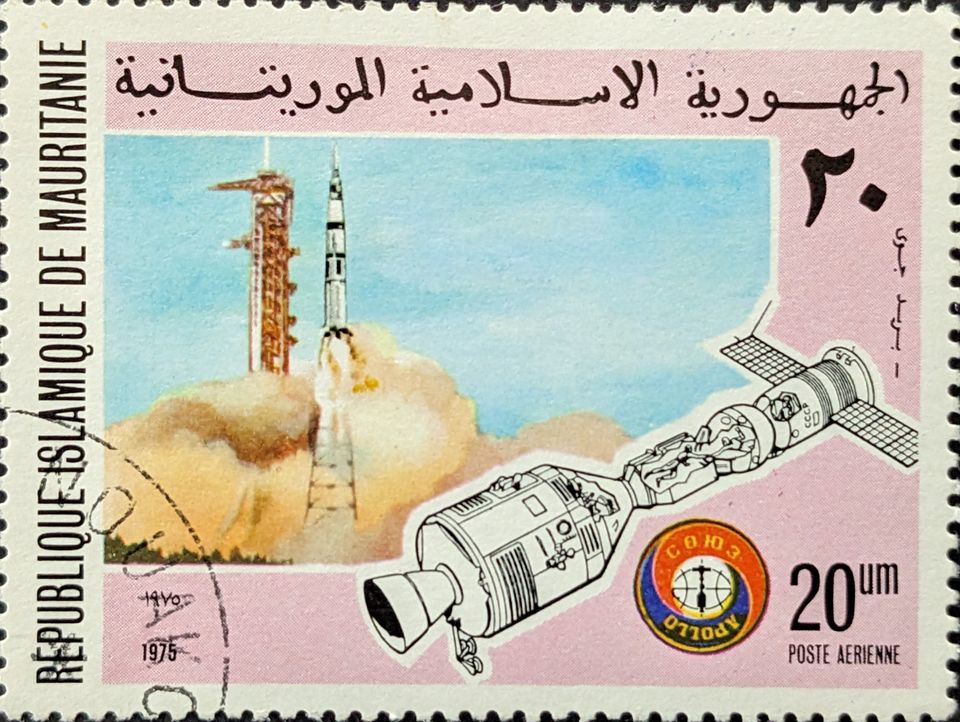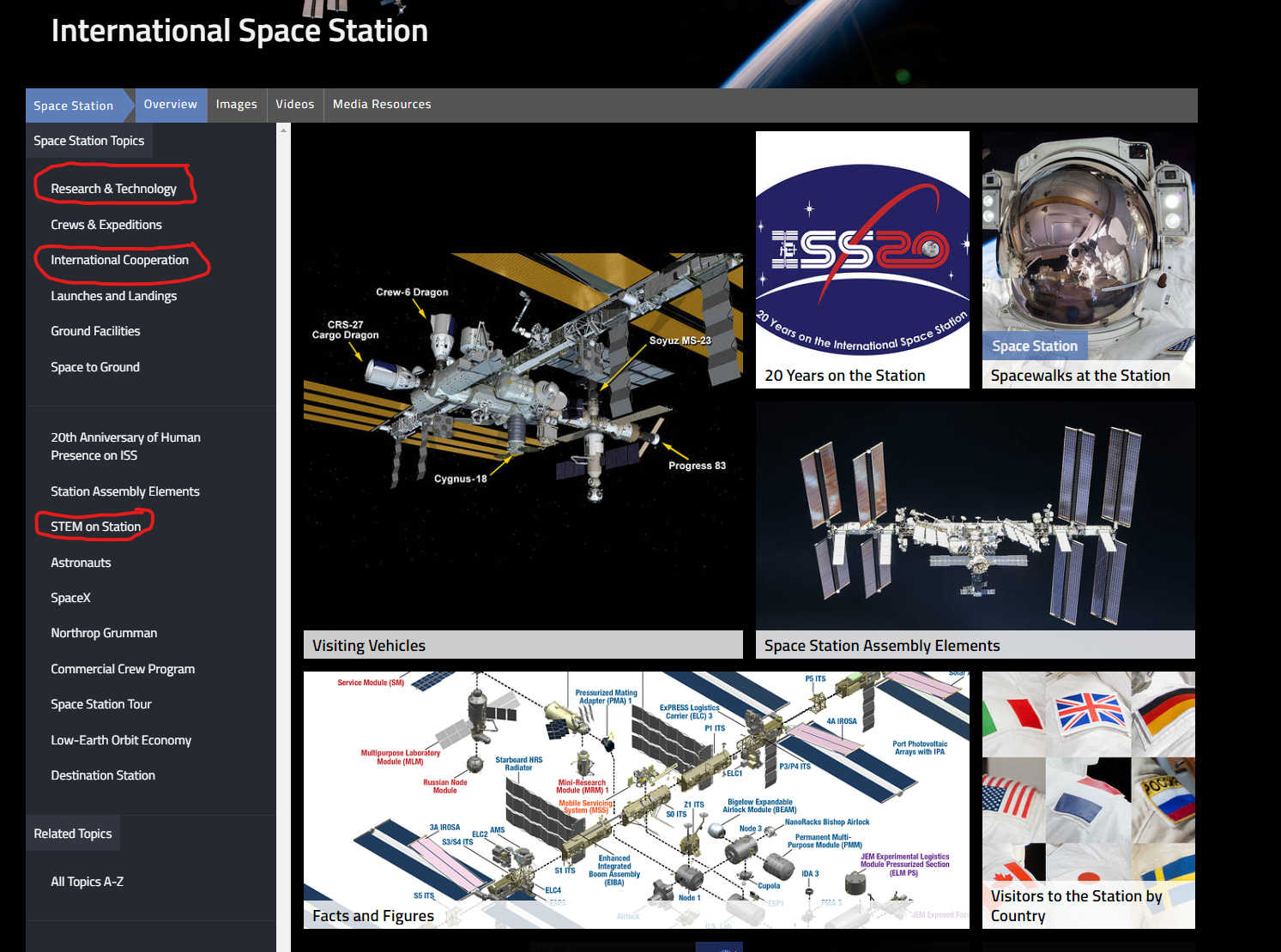Staying the Course: U.S. National LEO R&D Strategy

I wrote another article for Astralytical, this time about suggestions and techniques for identifying opportunities in the space industry (or any industry, really). If you’re interested, I suggest reading the article. I even use an existing space company to illustrate the different opportunities.
Amidst many proclamations on March 31, 2023, the U.S. White House also released some information for the U.S. space sector to chew on: the NATIONAL LOW EARTH ORBIT RESEARCH AND DEVELOPMENT STRATEGY.
Strategy Objectives
Before anyone gets too excited, I’ve already read through it (it’s only 14 pages, including the cover sheet, boilerplate, a who’s who, and TOC). However, first going over what the strategy isn’t (or doesn’t contain) might be helpful.
It’s not focused on satellites in LEO. It’s not promoting LEO space traffic management (although some SSA blurbs exist). It won’t fulfill astronomers’ dreams of keeping the sky pristine. It doesn’t take diplomatic steps to open up R&D opportunities to China. But, to be fair, the whole thing is supposed to focus on research and development, not infrastructure.
Like all government policy documents, the National Low Earth Orbit Research and Development Strategy is a reaction. Ideally, a government reaction “does not harm” the industry, and one would hope that its policies might foster positive attitudes and developments. No policy is avant-garde because policies consist of compromises necessary to satisfy stakeholders. Since the policies within the LEO R&D strategy embrace activities already established by previous policies and stakeholders (data sharing, soft power initiatives, education initiatives, more research, and development), some of that goal has been achieved, albeit long before this latest strategy.
The National Low Earth Orbit Research and Development Strategy supports the previously released (Dec 2021) United States Space Priorities Framework, which is not ambitious but full of feel-good words. The strategy doubles down on that milquetoast document but lists and describes five policy objectives and sub-objectives stemming from the framework (pp 8-13).
- Advance groundbreaking science and technology development
1.1 Conduct transformational R&D
1.2 Enable rapid, repeatable experiments in space
- Strengthen U.S. government collaboration and partnerships
2.1 Encourage new entrants in LEO R&D through a LEO National Laboratory
2.2 Promote data sharing
2.3 Prioritize sustainable access to LEO for scientific research
- Promote market opportunities, innovation, and sustainability
3.1 Support non-traditional use cases of human spaceflight
3.2 Enable equitable access to equipment and instrumentation on future commercial platforms
3.3 Address economic and regulatory barriers to market space-based R&D
- Expand international cooperation
4.1 Deepen and expand opportunities for international cooperation
4.2 Encourage the establishment and implementation of human spaceflight safety coordination
- Stimulate STEM education and workforce development
5.1 Support STEM education and workforce efforts
5.2 Increase opportunities for people from backgrounds underrepresented in STEM fields to engage in space-based R&D
5.3 Build capacity in U.S. post-secondary learning institutions for space science and technology
The strategy’s bottom line appears to be, at least based on a few read-throughs, that it’s not pushing through anything groundbreaking or surprising for the industry. That lack seems like a missed opportunity for a document purporting to be a national strategy encompassing the LEO domain.
Hyping and Affirming the Status Quo
Many of the buzzwords entrepreneurs love to use to buffalo investors are in the strategy: innovation, transformational, groundbreaking, etc. Clearly, no program, especially a research and development program, wants to advance stagnant, non-sustainable approaches (which, upon reflection, sounds like quite a few U.S. government space programs).
The inevitable support of science, technology, engineering, and mathematics (STEM–the arts aren’t included because they are difficult to quantify) is in the strategy. The idea of more emphasis in STEM education to make ready-made drones for Lockheed Martin and Boeing billets probably sounds appealing and secure to some people. It sounds progressive.
However, as noted before, the reality is that there are already far more STEM-educated people than STEM jobs in the U.S. (~28% get a STEM-based occupation). Also noteworthy is that having a STEM-oriented workforce doesn’t mean many, if any, of those people will gravitate to space jobs. Again, referencing my earlier analysis, the average salary of a STEM job is less than half the net average of an anesthesiologist's (and may also be less fulfilling).
Generally, the strategy’s policy objectives affirm and continue the activities NASA promotes through various means using the International Space Station (ISS): international cooperation, STEM, and microgravity-based research. For non-believers, here’s a recent screengrab of the ISS webpage, highlighting those topics in the left column:

Clicking on those links brings up information remarkably close to the White House’s policy objective definitions. Still, it’s good that the (somewhat) new administration provides top cover for those policies, even if it’s over two years late.
Commercial LEO Destinations?
There will be several stakeholders who are likely very happy with the strategic direction within the document. NASA will benefit from the strategy’s “blessing” to keep doing what it’s doing. The strategy’s general direction emphasizes research and development on commercial space stations. All five objective policies assume some sort of LEO space station will be available to achieve them. Companies with plans for commercially-run space stations, like Axiom and Amazon, will probably benefit from the strategy. The strategy’s authors note in the introduction:
“The International Space Station (ISS) stands as an impressive achievement of international scientific and technical cooperation and has paved the way for future commercial alternatives or platforms in LEO. These LEO platforms, called “commercial LEO destinations,” will be privately-owned and operated facilities in space with the capacity for conducting research.”
As an observation, it feels like a snub to those companies that their commercial R&D facilities are not considered “commercial LEO laboratories” but “destinations” (even though the same statement notes those facilities will be conducting research). Instead, the author’s appellation sounds like Axiom and Amazon will operate new all-inclusive resorts in Gran Canaria or Jamaica. However, considering the prospective billions each of those companies will get from NASA and other government agencies to lease space and conduct research, they’ll probably be fine.
Possibly noteworthy is the mention of the establishment of a LEO National Laboratory, which the strategy notes that NASA is currently studying. However, the laboratory sounds more like a program framework than a facility. According to the strategy’s authors:
“A future LEO National Laboratory would encompass orbital and suborbital platforms as well as existing and new terrestrial facilities, including DOE’s national laboratories, NASA’s space flight and research centers, DOD’s service research laboratories, U.S. universities, and private-sector partners.”
The wording makes it sound like the platforms would be those deployed by orbital and suborbital rockets. It also sounds as if the White House is mandating each of the mentioned organizations to work together, even if it requires building a “new terrestrial” facility. None of this, however, is a new direction. Instead, it acknowledges the necessity of U.S. government organizations to work together on space projects–an activity that has routinely occurred during the past decades.
Split Responsibilities and Possible Harm
The strategy is a step backward for SSA and STM, probably because it focuses on R & D, not infrastructure. The strategy references space situational awareness (SSA) for satellites in 2.1 and 3.3. It lists a goal to “prevent and address orbital debris” in sub-bullet 2.3. Each sub-bullet designates different agency leads (2.1: NASA; 2.3: DoD and DoS; 3.3: DoC). Those varying leads imply a fragmented approach to SSA, space debris, and the concept of space traffic management (STM–which is not at all mentioned in the strategy).
Also, the sub-bullet descriptions and lead assignments don't reflect the previous policy established in Space Policy Directive-3, which covers national space traffic management. For example, the Federal Communications Commission (FCC) and Office of the Director of National Intelligence (ODNI), who have stakes in space operations (identified in SPD-3), are not mentioned in any part of the new strategy.
While it’s great to eliminate some of the bureaucracy facing commercial space businesses, not including significant stakeholders in the latest strategy isn’t ideal. They have experience and data that help make informed decisions–including forming a new strategy (maybe that happened–these documents should be coordinated). Assigning different leads to address the challenges posed by SSA and STM while leaving out major stakeholders does the reverse of doing no harm–it increases confusion. It’s almost as if the authors never consulted with commercial companies as they developed the strategy.
Considering the plans of space companies to deploy tens of thousands of satellites in LEO, the varying objectives in the strategy carried out by the different leads should deeply concern space operators. It’s good to see that the Department of Commerce is at least one of those leads, but it would have been better (and made more sense) for it to have been the leader of all of those SSA/debris objectives.
While it’s heartening to see an emphasis on research and development in the U.S. space industry, the latest strategy merely captures a lot of the activities already occurring and/or previously directed. It guides ISS-based R&D to move to commercial LEO destinations (and ample time for a few commercial companies to develop those facilities). It would have been nice to have read a more thought-out and consolidated policy within the strategy about SSA and STM. Still, as it is an R&D document, perhaps those topics will be focused on in some other, later-released strategy.




Comments ()